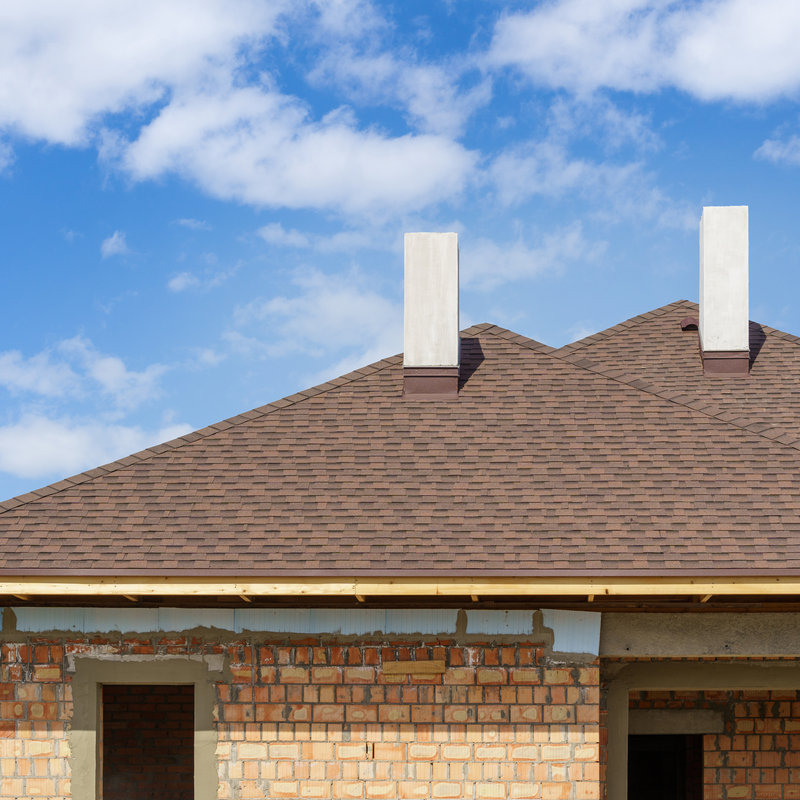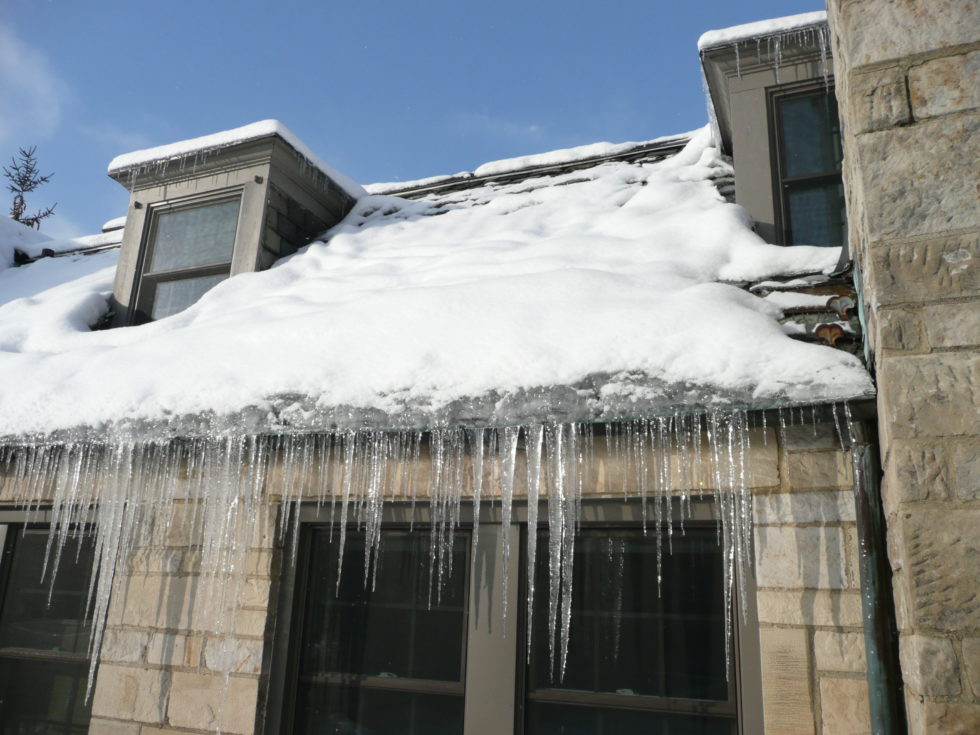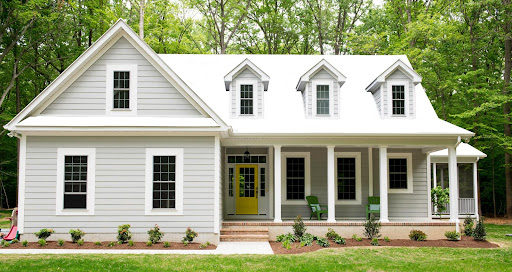
How Well Does Metal Roofing Hold Up?
Metal roofing is a popular choice for homes and businesses alike, in large part because it is durable as well as long-lasting. Of course, many people want to know just how well metal roofing will hold up when exposed to extreme weather conditions, such as falling hail. Bearing that in mind, how well will a metal roof hold up in a hailstorm? Will you find yourself seeking out roof storm damage repair?
The Dangers of Hailstorms
Hail is one of the most common causes of roof damage, and unfortunately, it can cause serious problems for any type of roofing. Metal roofs are no exception. While metal roofs are generally very tough and resistant to damage, hail can cause dents and other types of damage.
In short, a metal roof is not immune to hail damage, but that doesn’t mean it can’t withstand a hailstorm fairly well. In fact, with proper care and maintenance, your metal roof should be able to withstand most hailstorms with little to no damage. So keeping all of this in mind, it’s always important to remember that no roof is 100% hail-proof, and if you live in an area with particularly large or damaging hailstorms, it’s possible that your metal roof could sustain some damage. However, in most cases, a metal roof will hold up well against hail without the need for roof storm damage repair.
Which Metal Roof is Best?
There are a few different types of metal roofing on the market, so which one is best for you? If you live in an area with severe weather conditions, such as high winds or large hail, then a standing seam metal roof might be the best option. This type of roof is incredibly strong and resistant to damage, due in large part to the way it is constructed.
A standing seam metal roof is built with interlocking panels that are held together by concealed fasteners. This design, which is often known as a snap-lock system, gives the roof added strength and resistance to damage, which is why it’s such a good choice for areas with severe weather conditions. If you’re looking for a metal roof that can withstand hail, as well as various other factors, a standing seam metal roof is a good option to consider.
Another option is a stone-coated steel roof, which is also very strong and durable. This type of roofing is often used in areas with severe weather conditions, as it can withstand high winds and hail quite well. Some other options include aluminum and copper roofing, both of which are also fairly hail-resistant.
Identifying Hail Damage to a Metal Roof
It can be difficult to identify hail damage on a metal roof. One of the biggest problems with hail damage is that it’s often difficult to see. Hail damage doesn’t always leave behind obvious clues and, in some cases, the damage might not be visible at all.
This is why it can be important to have your metal roof inspected after a hailstorm, even if you don’t think there is any damage. A trained professional will be able to spot hail damage that you might not be able to see and identify whether that hail damage may lead to further problems. If you aren’t certain whether your roof needs inspection after a hailstorm, a good rule of thumb to remember is that hail generally will not be able to cause damage until it reaches about an inch in size.
What Problems Can Hail Damage Cause?
While hail damage might not always be visible, that doesn’t mean it can’t cause serious problems for your metal roof. One of the most common problems that hail damage can cause is rust. Rust can form on metal roofs when the metal is damaged, which may allow water and moisture to seep in and cause corrosion. Some other problems that can come up include:
- Dents: Dents are another common type of hail damage. While they might not seem like a big deal, dents can actually cause problems such as leaks.
- Fractures or cracks in the metal: While metal roofs are designed to be tough and resistant to damage, hail can cause cracks or fractures in the metal. These cracks can weaken the structure of your roof, make it more susceptible to further damage, and may even lead to leaks.
- Damage to fasteners: In some cases, hail might damage the fasteners that are holding your metal roof together. This can cause the fasteners to become loose or even fall out, which may lead to further damage to your entire roofing system.
Any of these problems can lead to more serious issues, such as water leaks, so it’s important to have hail damage repaired as soon as possible.
How Long Do Metal Roofs Last?
Metal roofing is a popular choice for homes and businesses alike, due in large part to its durability and longevity. In fact, metal roofs often last twice as long as traditional asphalt roofs. So, how long can you expect your metal roof to last?
Most metal roofs will have a lifespan of at least 40 years, with very few needing roof storm damage repair within that time. Of course, the exact lifespan of your metal roof will depend on a number of factors, such as the type of roofing material used, the climate in which you live, and how well the roof is maintained. With good maintenance, it should be noted that a metal roof can potentially last for upwards of 70 years.
With all that being said, a metal roof is a wise investment that can save you money in the long run even if it may cost a little bit more upfront. Not only are metal roofs more durable than traditional asphalt roofs, but they also require far less maintenance. So, if you’re looking for a roof that will last for many years to come, a metal roof is a good option to consider.

Getting Roof Storm Damage Repair
Even though a metal roof can still be damaged by hail, this damage is not likely to be severe. So long as a homeowner or business owner pays attention to the weather and the condition of their roof and gets roof storm damage repair when needed, their roof should be able to last for a long while. If you find yourself in need of roof storm damage repair in Omaha, NE, our team can help.















